Created by Philipp Lenssen, Games for the Brain is a series of 18 different (recently upgraded to 40) never-ending puzzle games to exercise and challenge your brain. Each of the games is created solely using DHTML—dynamic HTML consists of a little bit of JavaScript, a little bit of CSS, and a little bit of HTML—to create an interactive experience that will give your brain a workout. Specific tasks involve memorization and recall, spelling, math, identification, and word or image formation.
What Was There? tests your ability to study an image for a brief time and then answer a question regarding some detail of the image. The answers you provide are generally short answer, such as right or wrong, or how many of a particular item did you see.
Spellice presents a line from Lewis Carroll's Alice In Wonderland with one or more words scrambled, and you must type in the entire line correctly.
Anagramania is exactly what it sounds like, anagrams for you to decipher. Not as easy as it sounds.
Masterpieces presents several images in a particular order, and your job is to memorize that order. The images are then scrambled and you must click them in the correct sequence.
Dragger presents an image that has been tiled and scrambled, and you must drag the pieces into their correct position thus completing the puzzle. Gorgeous images, good fun.
Mastercards represents the quintessence of "memory" games in which you must find pairs of images in a grid of face-down cards by turning over two at a time.
NumberCruncher presents addition, subtraction and multiplication equations to solve.
Mastermind is a game in which nine (9) images are shown for a brief time. The images are then all scrambled and one is replace with an entirely different image, and you must identify which one changed.
Letterama presents a partially spelled word with some blanks in place of letters, and you must complete the word by spelling it correctly.
NumberHunt shows numbers moving within a boxed area, and your task is to add up all of the numbers correctly. This one starts out simple and grows in complexity by increasing the quantity of numbers with each correct answer given.
WordHunt same as above except using moving letters that together form a word that must be identified.
SquareWords presents nine (9) letters in a grid that together spell a word. Your job is to figure out what word that is. Begin at one letter and move either horizontally or vertically, wrapping around each time to the next row or column, until all letters are visited. This one took a couple of times before I understood the concept.
Colorama shows two squares filled with colored tiles. Both are identical except for one. Your task is to identify and click on the one that is different. Colorama is one of my favorites of the bunch.
CrimeScene presents a brief look at a pencil drawing of a crime suspect that is slightly obstructed. Your job is to identify the correct image from a lineup.
Marsmoney presents two groupings of symbols representing Martian currency. Your task is to identify which group is worth more by using the conversion chart is provided.
What Word? shows the definition of a word that must be identified and typed into the field provided.
Memocoly is a DHTML version of the classic game of Simon. Repeat the sequence given by clicking on the appropriate colors.
SpeedRead presents a brief glimpse of a string of unrelated words, and your task is to type them exactly as they appeared.
Analysis: This collection of brain games is well done and there are some real gems here. Each game is presented in a simple and straightforward style, some using classic images that are pleasing to view. With so many games to choose from, there is certain to be something for everyone in the batch.
On the downside, some of the games become rather tiresome after just a few short rounds. Although the variety of games offered goes far to keep things interesting for a good while, scores are not maintained between games and there is little to keep this selection of mini-games from being any more than that. It would be nice to see them all organized into a challenge mode that puts a player through a few rounds of each of the games for a final score to compete against others. What would be even nicer is to allow players to choose a selection of their favorite games to use for the challenge.
Also, since the game uses JavaScript intervals for timing, memory issues can occur in situations where the intervals are not cleared properly and therefore pile up. For example, reloading the page when my browser failed to move on to the next round eventually caused me to have to quit and reload Firefox due to the game becoming unresponsive.
As the length of this post proves, there is a lot to choose from in Games for the Brain, and evidence that Philipp Lenssen has worked hard to give your brain some fun and exercise. Click.
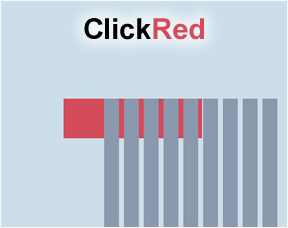 Here is a simple one-button mouse game that is easy to understand, and yet difficult to do. In fact, it's likely that it will be downright frustrating for those without the sharpest of reflexes or mousing precision.
Here is a simple one-button mouse game that is easy to understand, and yet difficult to do. In fact, it's likely that it will be downright frustrating for those without the sharpest of reflexes or mousing precision.


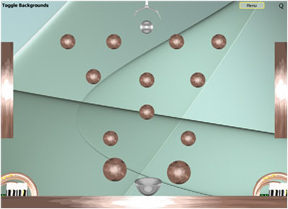
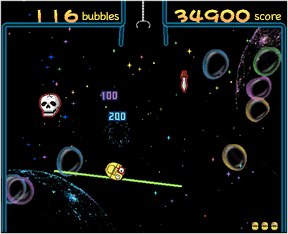
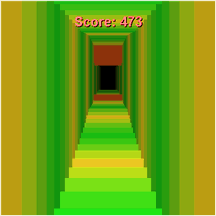




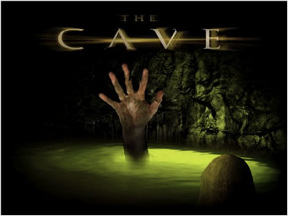

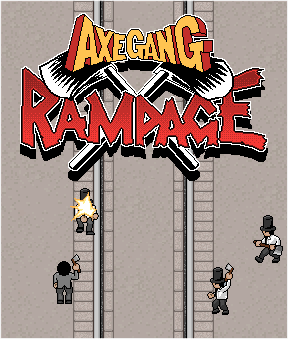
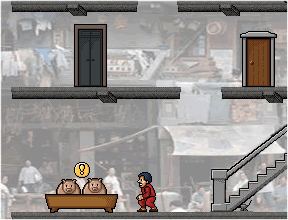

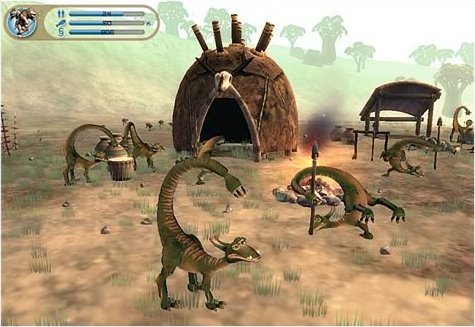
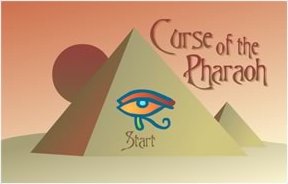 With just 15 minutes before our final demo, the spring quarter at RIT is nearly finished. So, if you have come here in recent days looking for an update, my apologies.
With just 15 minutes before our final demo, the spring quarter at RIT is nearly finished. So, if you have come here in recent days looking for an update, my apologies.
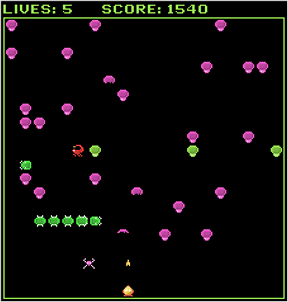
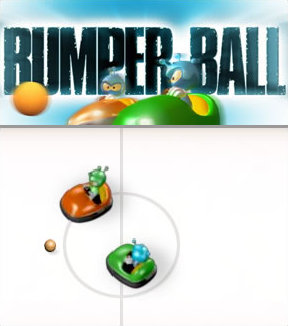
 Just a quick update to prove I haven't dropped off the face of the Earth. The end of the spring quarter is upon me, and I've been very busy finishing up final projects. And even though I haven't been spending a lot of time surfing the Web looking for exceptional games to review, it seems that there just isn't much happening anyways.
Just a quick update to prove I haven't dropped off the face of the Earth. The end of the spring quarter is upon me, and I've been very busy finishing up final projects. And even though I haven't been spending a lot of time surfing the Web looking for exceptional games to review, it seems that there just isn't much happening anyways.
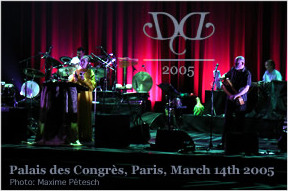 While I am conscious of the fact that this blog has become primarily focused on games, it is still my only outlet for publishing noteworthy items of interest. That is why, when scanning the archives, you will find a few entries on a variety of topics that have little to do with games. Add one more to that group.
While I am conscious of the fact that this blog has become primarily focused on games, it is still my only outlet for publishing noteworthy items of interest. That is why, when scanning the archives, you will find a few entries on a variety of topics that have little to do with games. Add one more to that group.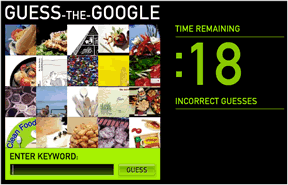
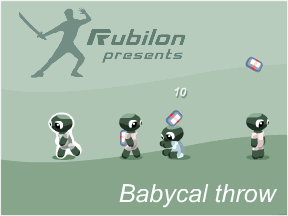



Recent Comments